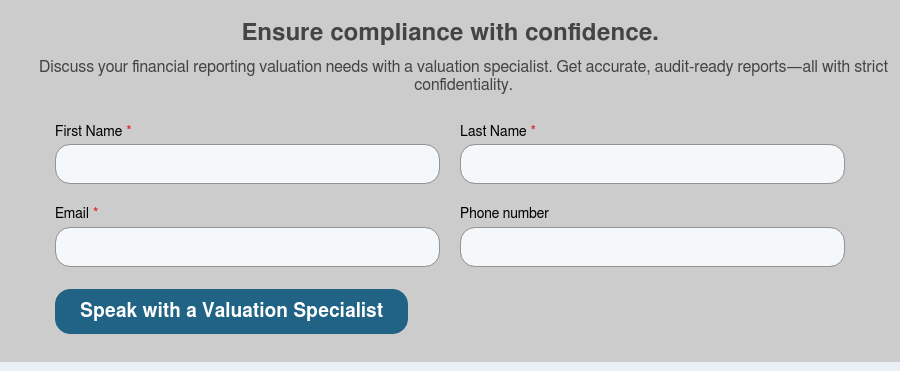Industry Trends
Largest Transactions Closed
- Target
- Buyer
- Value($mm)

Your business’s most valuable assets might not be on the balance sheet. Discover how to value intangible assets like IP, brand equity, and customer data. Learn proven methods—including Relief from Royalty, MPEEM, and the Cost and Market approaches—plus the key factors that influence worth. Whether for M&A, financial reporting, or tax planning, this guide will help you value what really drives your business.
Intangible assets often hold the greatest value in your business, even though they don’t appear on a balance sheet in the same way as physical assets. Whether it’s your brand, intellectual property, customer relationships, or proprietary technology, these assets can drive revenue, reduce costs, and give you a competitive advantage.
But how do you determine what they’re worth? Understanding intangible asset valuation can be crucial—whether you’re preparing for a sale, securing financing, or ensuring compliance with financial reporting standards.
Here’s what you need to know about what intangible assets are, how they’re valued, and the factors that impact their worth.
Unlike physical assets such as equipment or real estate, intangible assets are nonphysical resources that contribute to your business’s success. These can include:
These assets can enhance revenue, improve efficiency, and strengthen your market position—but they can also be tricky to value. That’s where structured valuation methods come in.
Three main approaches are used to determine the fair market value of intangible assets.
The income approach values an intangible asset based on the future income or cash flow it is expected to generate. This approach is especially useful for businesses where intangible assets play a key role in revenue generation. Common methods include:
The market approach estimates value by analyzing comparable sales of similar intangible assets. It’s widely used when there is an active market for the asset type being valued, such as trademarks, patents, or customer lists.
The guideline transaction method is a common application of this approach, leveraging real-world transaction data to benchmark value.
The cost approach determines value based on what it would cost to recreate or replace the intangible asset. It assumes that an asset is worth at least the cost required to develop it.
This method is often used when there’s limited market data or when you’re valuing internally developed software, proprietary databases, or business processes. The replacement cost method is the most common application.
When valuing your intangible assets, you should consider several factors that influence their worth:
You’ll need to analyze these factors carefully when selecting the best valuation method for your specific asset.
Accurate valuation isn’t just about knowing what your assets are worth—it plays a critical role in:
Valuing intangible assets is complex—it requires detailed financial modeling, industry expertise, and strategic insight. Whether you’re preparing for an M&A transaction, navigating tax compliance, or assessing the value of your intellectual property, working with a professional valuation expert can ensure you get it right.
At PCE, we help business owners like you accurately assess the value of your intangible assets.
Paul Vogt
Paul Vogt is a Managing Director at PCE and leads the firm’s valuation practice from its Atlanta office. With over 20 years of experience, he specializes in business valuations for financial reporting, tax planning, litigation support, and corporate strategy across a wide range of industries.

Investment Banking
New York Office
201-444-6280 Ext 3 (direct)
mmoran@pcecompanies.com
Connect
201-444-6280 Ext 3 (direct)
407-621-2199 (fax)